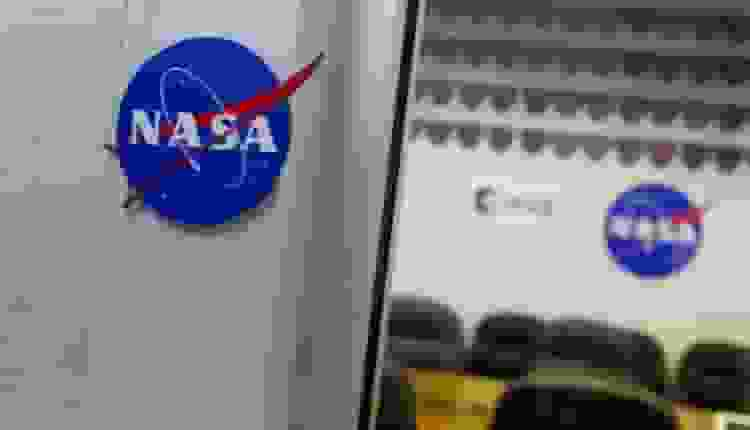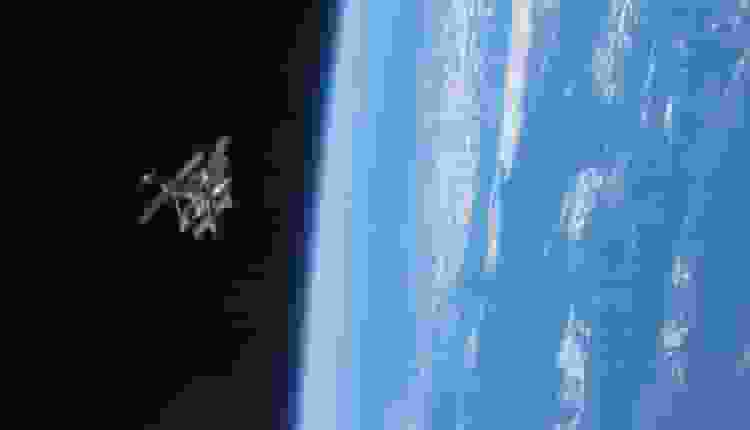
Alien UFOs, or as the scientific community officially terms them, Unidentified Anomalous Phenomena (UAPs), have long been the stuff of science fiction and conspiracy theories.
However, revelations from three former military whistleblowers who claim to have encountered these enigmatic objects firsthand have thrust the topic into the spotlight.
Military Whistleblowers Share Their UFO Encounters
One of these whistleblowers, David Grusch, a former US intelligence officer, made headlines when he disclosed that some of these UAPs were not just flying objects but came complete with the bodies of what he called non-human biologics.
These astonishing claims have ignited curiosity and debate worldwide.
Surprisingly, NASA, the renowned space agency, has quietly delved into this mysterious realm.
Approximately a year ago, NASA initiated an independent study to investigate UAPs further, aiming to gain a deeper understanding of these perplexing phenomena.
However, it’s important to clarify that the NASA study did not provide evidence supporting the extraterrestrial origins of UAPs.
While not shedding new light on previous UAP sightings or addressing the whistleblower allegations of government possession of crashed aircraft and non-human bodies, the report made several recommendations for NASA’s future actions.
A common thread in these recommendations is the pressing need for more comprehensive data.
Nicola Fox, associate administrator for NASA’s Science Mission Directorate, noted, “UAPs are one of our planet’s greatest mysteries. While numerous eyewitness accounts and visuals are associated with UAP, they’re not consistent, detailed, or curated observations that can be used to make definitive scientific conclusions about the nature and the origin of UAP.”
To tackle this issue, the report suggests that NASA should work on calibrating sensors specifically designed to capture better data about potential UAPs.
Additionally, it recommends incorporating artificial intelligence and machine learning into the data-seeking campaign to ensure proper data curation.
Another innovative idea proposed in the report is exploring a crowdsourcing UAP system, which would involve the public in data collection, potentially broadening the range of observations.
Read more: SpaceX License Advancement Possible As Early As October Following April Rocket Explosion
NASA-FAA Collaboration on UAP Investigations

Furthermore, the report encourages NASA to enhance its collaboration with the Federal Aviation Administration (FAA) to investigate UAP sightings more effectively, acknowledging that FAA data could be an invaluable resource.
Despite these efforts and the ongoing fascination surrounding UAPs, it’s essential to note that there remains a lack of concrete evidence to substantiate claims of gravity-defying UAPs and non-human entities.
The head of the Pentagon’s All-Domain Anomaly Resolution Office testified earlier this year that he has uncovered no credible evidence thus far of extraterrestrial activity, off-world technology, or objects that defy the known laws of physics.
As NASA continues to explore this enigmatic realm, the world watches with bated breath, hoping for answers to one of humanity’s most enduring mysteries: are we alone in the universe, or is there something more to these Unidentified Anomalous Phenomena? Only time and rigorous scientific investigation will tell.
Read more: Alien Appearance In Mexico’s Parliament: A Cosmic Comedy

